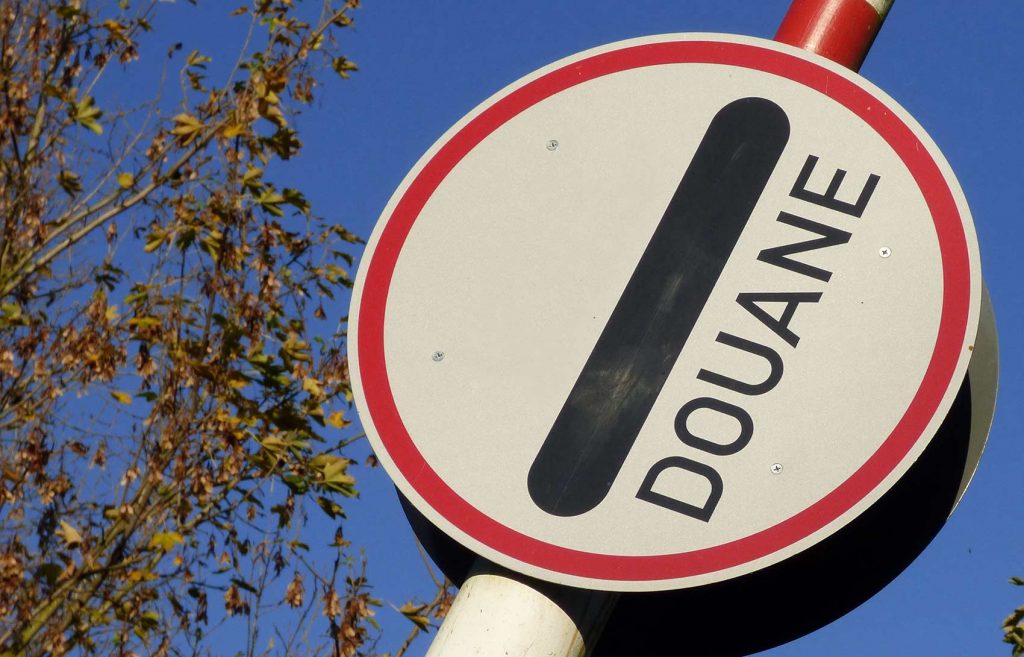Frequently I get questions about the meaning of the Schengen visa. Usually before someone travels to the Netherlands but also when someone is already in the Netherlands and wonders how to read the dates on the visa sticker. Fortunately many people know how to use the Schengen visa however not many people know what the consequences are if you would exceed the permitted stay. If you are interested to know, grab a cup of coffee or tea and read on!
Over the the last years, we at Anywr Netherlands received many authorisations for short term assignments. With short term assignments we refer to a stay of up to 3 months and under assignees we understand highly skilled workers. Either EU or non-EU nationals, that distinction does not matter. Yes, for immigration requirements it will of course, but I will discuss that later on.
Why short term assignees?
I think that our clients have become more and more aware of the importance of checking the necessary steps to be taken for a smooth assignment in the Netherlands and to comply with the law, whether this is for a short period or a longer period (immigration, registration town hall or RNI, taxes, health insurance, bank account, schooling etc). Besides this, I believe that business units of large companies more often choose for short term assignees from a cost perspective and on the other hand to achieve fast results. For specific assignments the most suitable employees cannot always be found in the Netherlands. Think of the large IT companies, the financial sector, trade, industry and telecom companies. Short stayers also involve less costs for immigration and relocation and therefore these assignments are easier to set up than long term assignments. The short term assignee usually arranges the Schengen visa himself through the Dutch embassy or Dutch Consulate General.
For EU assignees no permits are required, on the other hand for non-EU assignees the Dutch employer usually needs to apply for a work permit at the Dutch employment authority. Throughout my years of experience the procedure for a work permit for intercompany transfers and highly skilled migrants has become easier. On the other hand the rules for all other categories (art/music business, trainees and regular jobs) have become much more severe.
In their business planning employers should take into account that a decision on a work permit application may take up to 5 weeks. In the (far) future the procedure may become easier for intercompany short term transfers who may use a stamp card which they can use every time they enter the Netherlands for a short term assignment. This option is still under investigation by the Dutch government but it will certainly help to make the Netherlands more attractive for Highly Skilled Workers.
The Schengen visa
In general a Schengen visa will be issued for 6 months with a permitted stay for 90 days (this could be shorter of course depending on your purpose of stay!). Let me give an example:
your Schengen visa is valid from the 1st of November 2015 until the 1st of May 2016. You have a work permit for the Netherlands valid from the 15th of November 2015 until the 1st of February 2016. Thus, you are allowed to stay 90 days in Schengen. You travel to the Netherlands on the 18th of November 2015 and start working. If required, also think of registering yourself at one of the RNI desks for a BSN. On the 1st of February 2016 your work permit ends and you have stayed in the Netherlands for 75 days now. Now you can still stay for 15 days before leaving the Schengen area, no problem. However you are not allowed to work of course. If business would have wanted you to work these days as well they should have applied for a new work permit in an earlier stage. The existing work permit cannot be changed just like that. Of course one should keep in mind that the decision could take 5 weeks and your entry stamp will be needed for your new work permit application in order to proof that you arrived later in the Netherlands than expected.
So under the current policy, you will have to leave the Schengen area on day 90. If you would like to come back you will have to wait for another 90 days before you can apply for a new Schengen visa. If you would stay in the Netherlands for a longer period, more than 3 months, your employer can apply for a combined MVV/residence permit application as soon as you have left the Netherlands.
In case you ignore the 90 days and you stay longer in the Schengen area, this would mean a huge non-compliance. I can imagine you want to finish a project, transfer your work well, solve problems etc, but it is your responsibility to check your visa and permitted stay and keep this in mind in your travel schedule. In technical terms we call this “overstay”. Although ilegal stay not punishable in the Netherlands. like it is in most other countries, an overstay may lead to consequences. While returning back you may face issues at the airport. Maybe not but then you will probably will face issues when you apply for a visa next time when the offices at the embassy check your travel stamps in your passport. Another consequence may be that your employer is blacklisted and future employees may face issues. It can also mean that access is denied for a certain period. Finally, a notation can be made in the Schengen Information System.
Therefore, please pay attention to the permitted period of stay of your Schengen visa because an ‘overstay’ will most likely cause problems in a subsequent visa application!
I hope I have been able to draw your attention to this topic. Should you have any further questions on this please don’t shy away from contacting our office!


